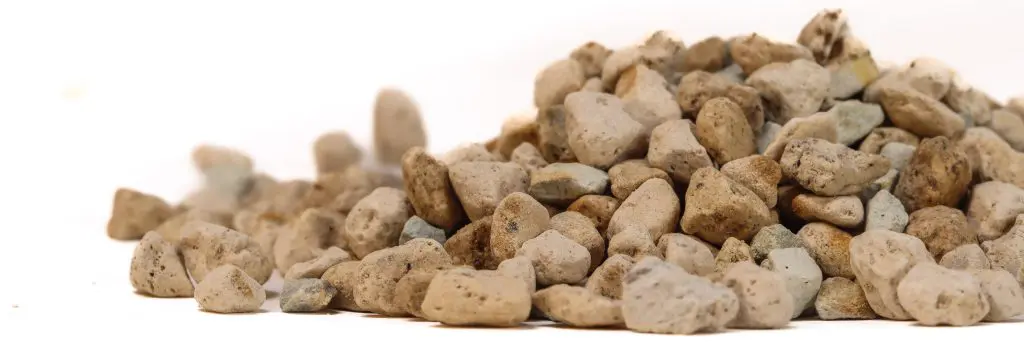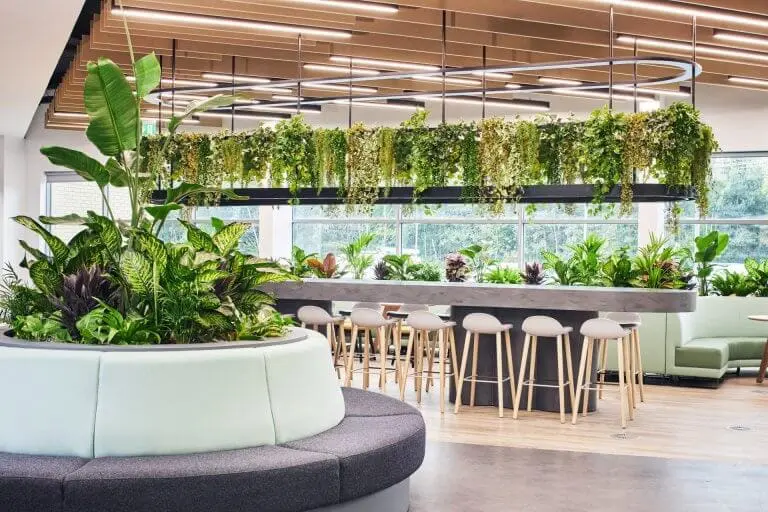




The Parlour Palm, also known as Chamaedorea elegans, is a popular pet-friendly houseplant that can tolerate modest light conditions
Latin name
Chamaedorea elegans
Pronunciation
(“kam-ay-door-REE-ah ell-eg-ANZ”)
Common name
Chamaedorea elegans
Origin
Mexico, Belize, Honduras and Guatemala
Chamaedorea palms are slow-growing, small palms with typical feather-shaped fronds. Chamaedorea elegans has gently arching, yellowish leaf stalks that grow 45 to 60 centimetres long. These bear almost paired leaflets which are deep green, slender and up to 20 cm long and 2 cm wide. Sometimes, these palms may bear insignificant clusters of yellow flowers followed by tiny black fruits.
Chamaedoreas are natives of Mexico and the rain forests of Central America. The name is derived from two Greek words; “chamae”, meaning “on the ground” and “dorea”, a gift, referring to the accessibility of the fruits to small animals.
Chamaedorea elegans was widely grown in the 19th Century and graced many a Victorian “parlour”, before the increasing availability of other, more “exotic” palms led to a decline in its popularity.
Did you know?
Safe for pets and people. Unlike many indoor plants, Chamaedorea elegans is non-toxic to cats, dogs, and humans.
caring for your plant

Light
Medium-low – medium. Keep out of direct sunlight.

Watering
The soil should be kept moist, but not wet. In cooler conditions, allow the soil to dry out a little between watering.

Pruning
Palms should not be pruned, and if the growing point is damaged, the results are fatal for the plant. Dead or dying fronds can be removed by cutting them off with a sharp knife or secateurs close to where they attach to the stem.

Feeding
Add dilute fertilizer to the water every time you water the plant.

pest & diseases
Two-spotted spider mites can be a problem in dry atmospheres. At the first sign of any webbing, thoroughly clean the plant. Regular misting with tepid water will help deter spider mites. Mealybugs are an occasional problem, and they sometimes from clusters at the base of the leaf stems as well as on the leaves. They can be removed by cleaning the plant with a damp cloth or paper towel.
Where the Chamaedorea elegans originates from

Chamaedoreas are natives of Mexico and the rain forests of Central America.
Our plants are grown in Ecoponic, an alternative to soil. Officially known as a vulkaponic substrate, it replaces traditional compost with a clean, mineral-based medium that helps protect peatlands.
According to the IUCN UK Peatland Programme, “A loss of only 5% of UK peatland carbon would be equal to the UK’s annual greenhouse gas emissions.” As well as storing carbon, the natural wetlands where peat is found are critical to the survival of plants and wildlife. Ecoponic also improves plant health and uses water more efficiently.
Find out more about Ecoponic here.


Buy one of my cousins from the nursery
Did you know?
Plantopedia is brought to you as part of our Engage & Bloom workplace experience program.
explore more
Why not continue your journey through the plant world. Explore more plants, their stories, habitats and the benefits they bring to spaces.































